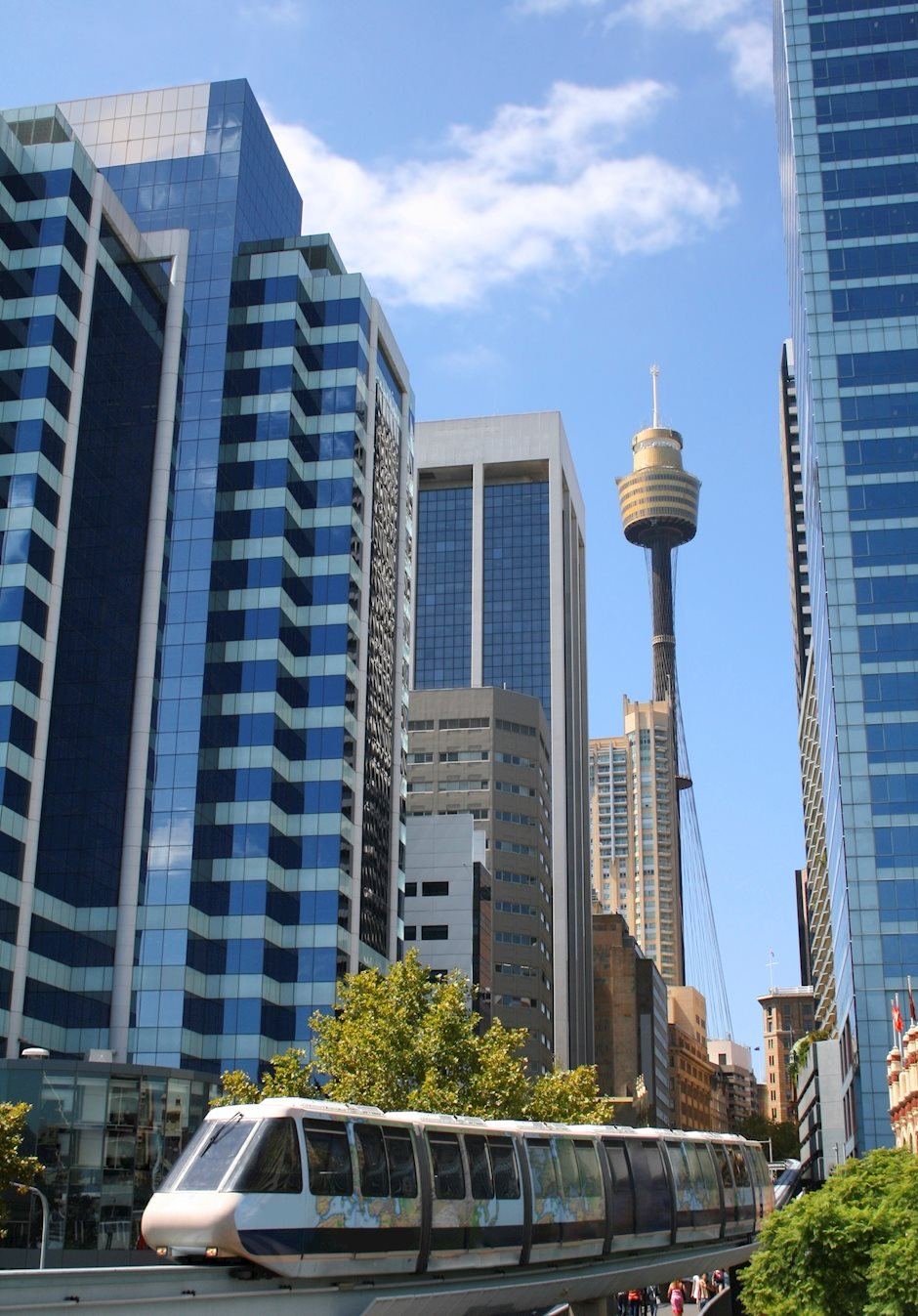ASX 200 finishes in the green at 7,820, focus on Aussie Consumer Inflation Expectation
- ASX 200 Index follows the top performing Health Care and Consumer Staples sectors.
- Wall Street experienced losses across all three US benchmarks due to profit booking and market revaluations.
- Barton Gold has initiated a $4 million capital-raising effort to progress its Tunkillia and Tarcoola projects.

The ASX 200 Index edges higher to near 7,820 on Wednesday, retracing its recent losses from the previous session. The Health Care and Consumer Staples sectors were the top performers, with notable gains seen in Aft Pharmaceuticals, Botanix Pharmaceuticals, Skin Elements, and Wingara AG. However, Australian shares experienced a slip at the open, mirroring modest losses across all three benchmarks in the United States (US). Investors opted to take some profits and reevaluate market valuations.
Furthermore, Australian consumer prices came in softer than expected, which could enhance market sentiment, thereby providing support to the domestic equity market. In February, the Monthly Consumer Price Index (YoY) rose by 3.4%, consistent with previous levels but slightly below the anticipated 3.5%. Still, the latest reading pointed to the lowest since November 2021. This softer figure could prompt the Reserve Bank of Australia (RBA) to consider a dovish stance on the interest rate trajectory.
The top performing stocks in the ASX 200 Index included Polynovo, which rose by 4.29% to 2.19; Johns Lyng Group, with a gain of 4.31% to 6.29; and Helia Group, up by 3.23% to 3.84. Conversely, the top losers were Incitec Pivot, declining by 2.40% to 2.85; Arcadium Lithium, down by 4.06% to 4.02; and Waypoint REIT, which fell by 0.55% to 2.50. The A-VIX experienced a significant decline, dropping by 0.51 points or 4.82% to reach 10.04. Meanwhile, the All Ordinaries Index is up, gaining 24.70 points or 0.31% to reach 8,061.40.
Global bank messaging network SWIFT has confirmed that a new interlinking solution could facilitate financial institutions conducting various transactions using central bank digital currency (CBDC) and other types of digital tokens.
Barton Gold's $4 million capital raising initiative to advance its South Australian projects has garnered firm commitments from investors in Australia, Europe, and the US. The fundraising will comprise a $3 million placement at an issue price of $0.24 per share, along with a $1 million purchase plan for issuing 4.1 million new shares.
Australian Stock Market FAQs
Stock markets in Australia are managed by the Australian Securities Exchange (ASX), headquartered in Sydney. The main indices are the S&P/ASX 200 and the S&P/ASX 300, which track the performance of the 200 and 300 largest stocks by market capitalization listed on the exchange, respectively. The S&P/ASX 200 was launched in April 2000, and it is rebalanced every quarter.
Almost half of the index belongs to the financial sector, with major banks like the Commonwealth Bank of Australia, Westpac or National Australia Bank. The so-called materials sector is also relevant – comprising almost 20% of the weighting in the index – with mining giants such as BHP Group or Rio Tinto. Other important sectors are biotechnology, real estate, consumer staples, and industrials.
Many different factors drive the ASX 200, but mainly it is the aggregate performance of the component companies revealed in their quarterly and annual earnings reports the main factor behind its performance. Commodity prices can also affect the index given its significant share of mining companies. Macroeconomic data such as Gross Domestic Product (GDP) growth, inflation, or unemployment data from Australia is also important as they are indicators of the health of the country’s economy and thus the profitability of its largest companies. Global economic conditions may also play a role, particularly from China, as the Asian country is Australia’s largest trading partner.
The level of interest rates in Australia, set by the Reserve Bank of Australia (RBA), also influences the ASX 200 and ASX 300 indexes as it affects the cost of credit, on which many firms are heavily reliant. Generally, when the RBA cuts interest rates (or signals it is going to do it), it is positive for the Australian stock market as it means a lower cost of credit for companies and higher economic growth ahead, likely boosting sales. On the contrary, if the RBA signals that it will increase interest rates, this tends to weigh on the index. As always, there is a caveat: banks. Financial institutions tend to benefit from higher interest rates because they earn more from lending to other businesses, thus boosting their overall income.
Author

Akhtar Faruqui
FXStreet
Akhtar Faruqui is a Forex Analyst based in New Delhi, India. With a keen eye for market trends and a passion for dissecting complex financial dynamics, he is dedicated to delivering accurate and insightful Forex news and analysis.

















